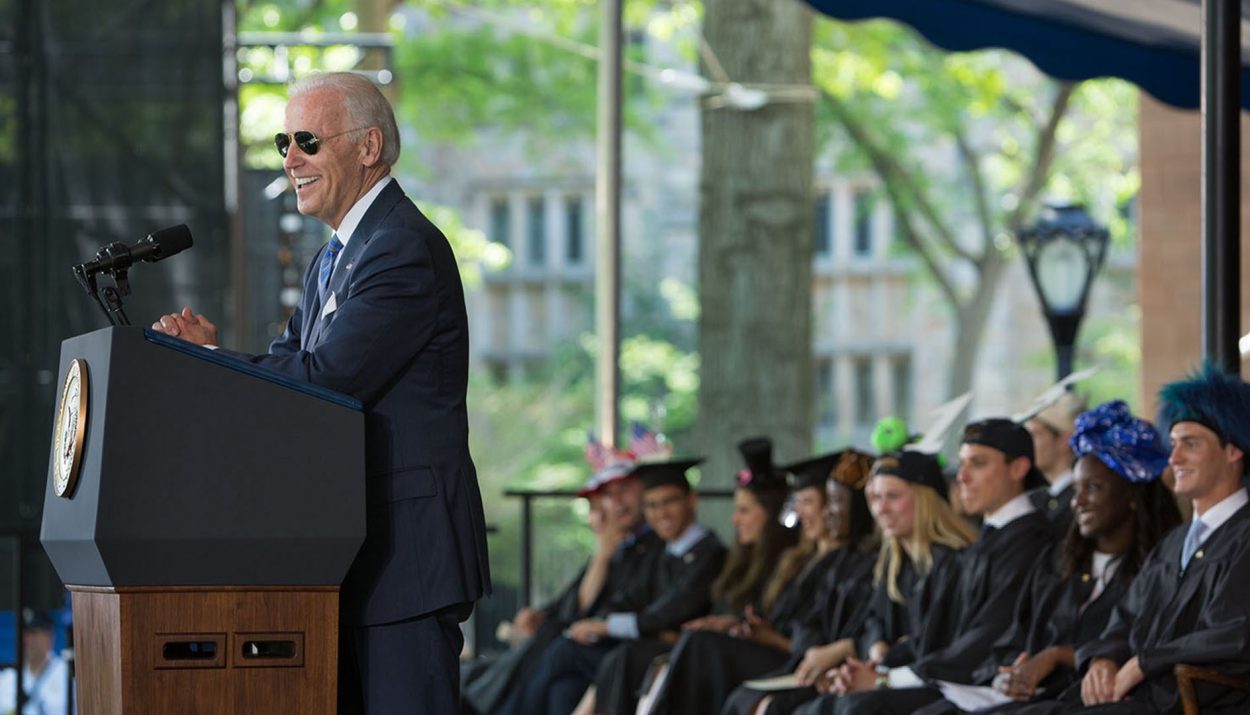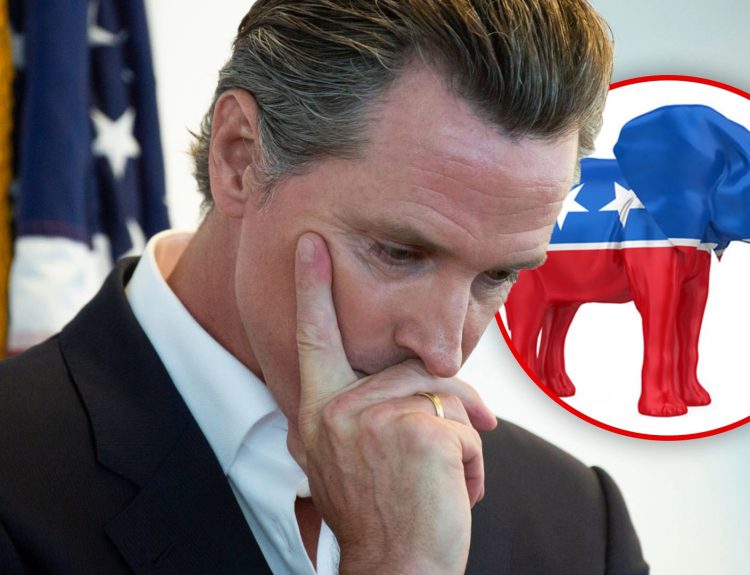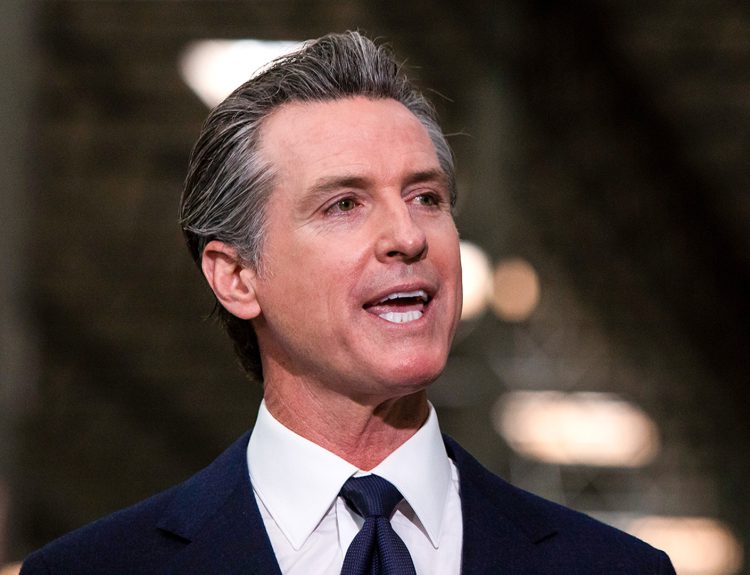Election year means that everyone is keeping an eye on the polls. Even people who are only casually interested in politics can’t help watching what experts say is the tone of the nation, and those who are politically minded are even more fascinated by what different polls say about the candidates, and how that opinion changes with different current events in both America and the world.
A Rollercoaster of Polling Averages
Joe Biden has had quite the adventure with his polling averages during his term as president. He took office in 2021 and started off with quite the high, steering the nation through uncertain times after a rather turbulent last year of his predecessor’s presidency.
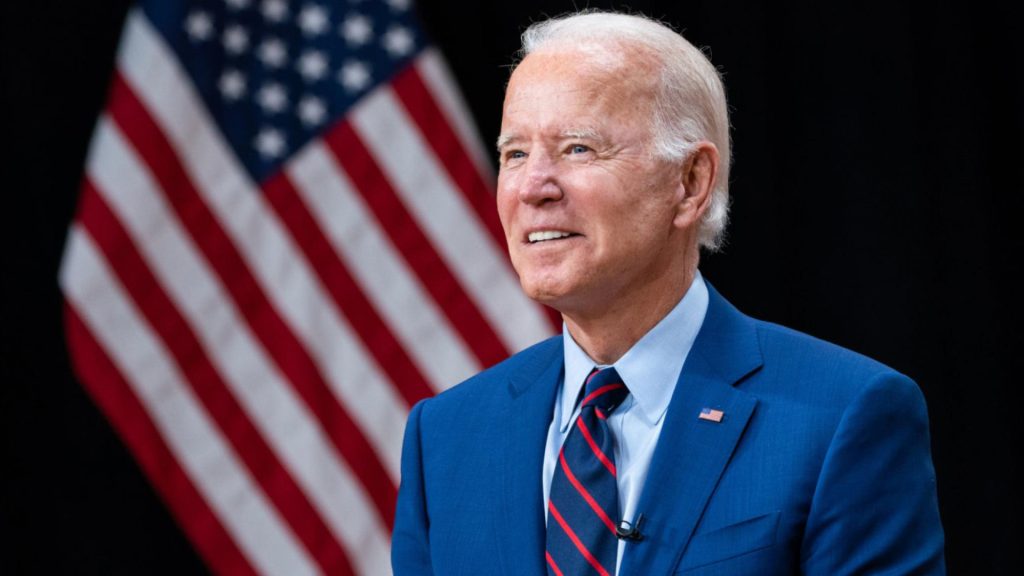
The attack on the capitol on January 6 and the subsequent second impeachment of Donald Trump only helped to cement gratitude for Joe Biden and his comparatively boring leadership style in the mind of the nation. After such a turbulent and stressful final year of Donald Trump, even recovering from a pandemic couldn’t make Joe Biden look worse.
Flying High in the Beginning
For the first two years of his term in office, it seemed like Joe Biden was flying high. He and his administration managed to pass some of the most significant and historic legislation of the last twenty years during those first two years, and Bide’s approval numbers reflected this.
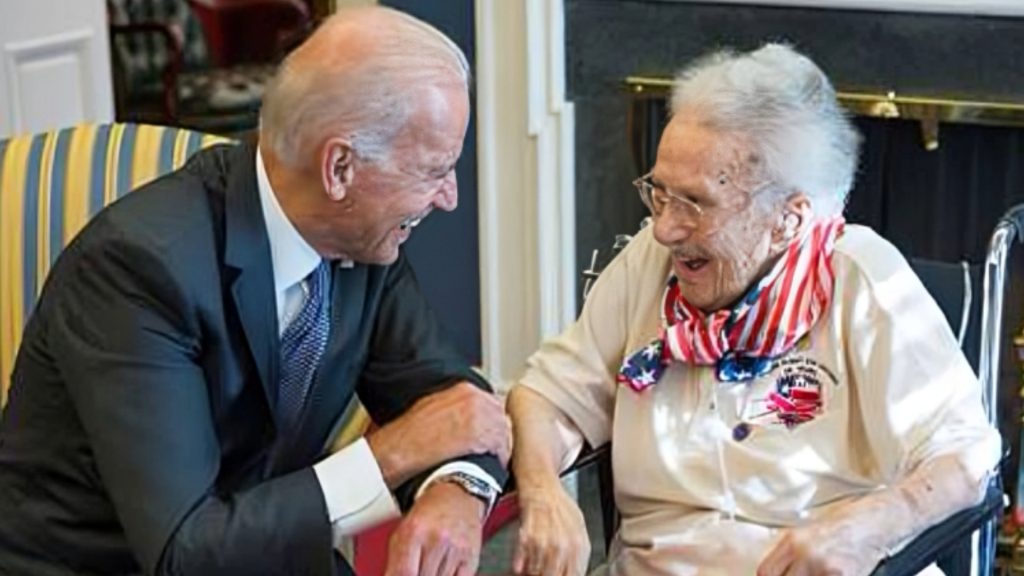
For a significant chunk of his first two years, Biden’s approval rating hovered in the high forties and the low fifties. Several times during his first year he hit an approval high of 57%, which is overwhelmingly high in a country as politically divided as the current United States.
Biden’s Rating Drops
Nothing ever lasts, though, and inevitably, Biden’s approval rating started to drop. Various factors played into this, including high inflation, the war in Ukraine, the war in Israel, rising cost of living, and more.
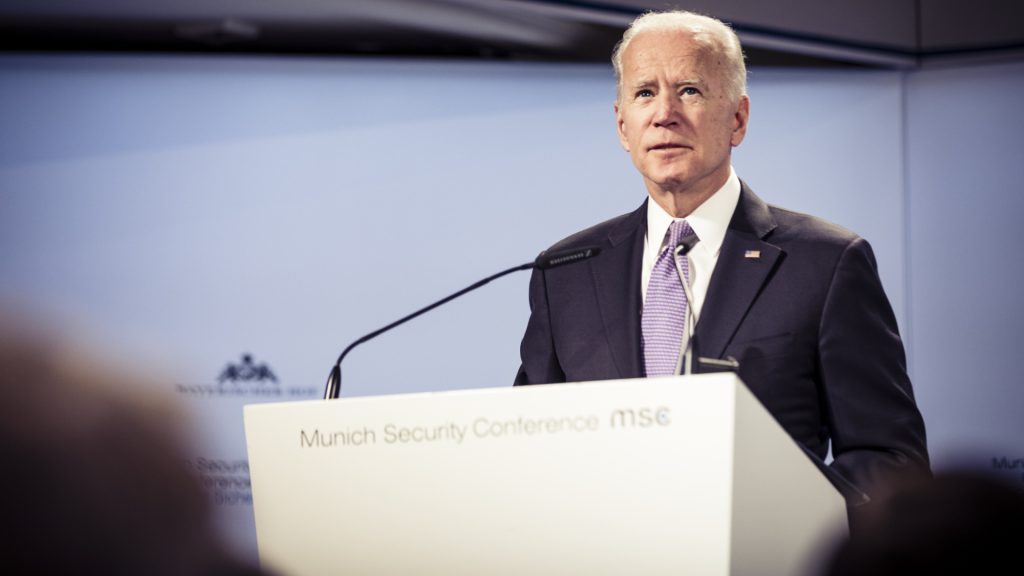
Many of these factors are, unfortunately, well out of Biden’s control as the president. There is very little that the president can do to affect global political events or inflation in the United States – that falls under the purview of the Fed – but many Americans have blamed him as the leader of the country for these various aspects of life that are both unwanted and inevitable.
Approval Continuing to Plummet, Despite Republican Conflict
In spite of turmoil in the House of Representatives and continued passing of historic legislation, Biden’s approval rating has dropped significantly during the past eighteen months of his presidency. Where he once had a high in the high fifties, his approval rating has now been hovering in the high thirties for several months on end.
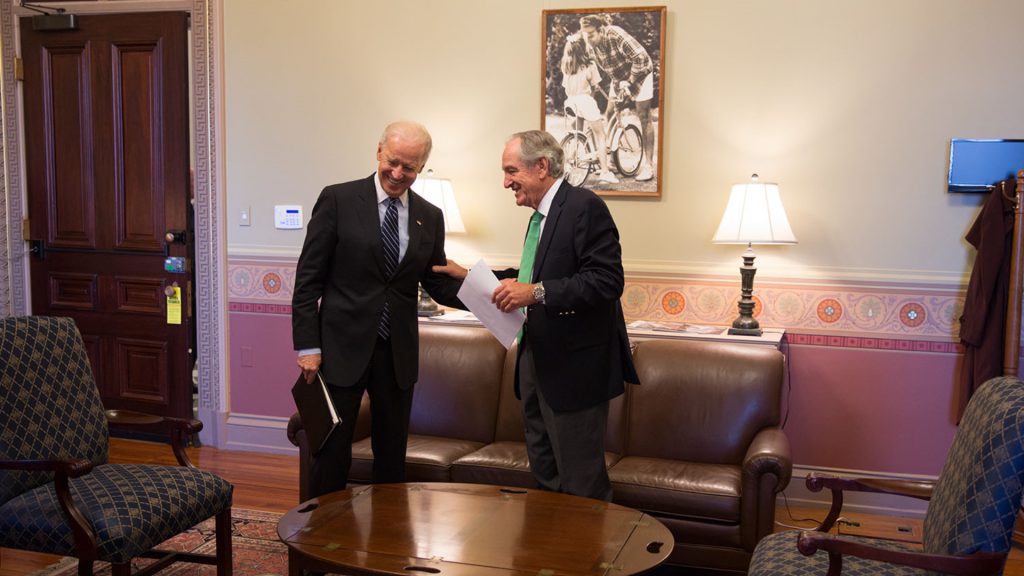
Various reasons have been cited for Americans’ disapproval of the president. Inflation is still high, the crisis at the border is ongoing and doesn’t seem to be getting better, cost of living is out of control, and crime is perceived as outrageously high, even though across the country, rates of violent crime are actually down.
The Latest Nail in the Coffin
The war in the Middle East is merely the latest of the nails in Biden’s coffin, regarding his approval rating. While it is American policy to support Israel in all military matters – they’re an important military and intelligence ally for the United States – many young Americans see the existence of Israel as an occupation on the land that rightfully belongs to Palestinians.

This perception of Israel as an apartheid state has led to many Millennials and Gen Z-er’s calling Biden “Genocide Joe” and calling for the complete withdrawal of American support from the Middle East. Hate crimes against Jewish Americans and Muslim Americans alike have skyrocketed, and many on the right and the left are blaming Biden for the unrest that can be felt regarding the problems in the Middle East here at home.
Discontent Among Americans
All of these issues have culminated in a significant amount of discontent in the American public, which is bad news for Biden ahead of election season. Biden is the presumptive nominee for the Democratic bid for president, as is standard for all incumbents, and many Americans are not thrilled that he hasn’t chosen to step aside for a younger candidate.
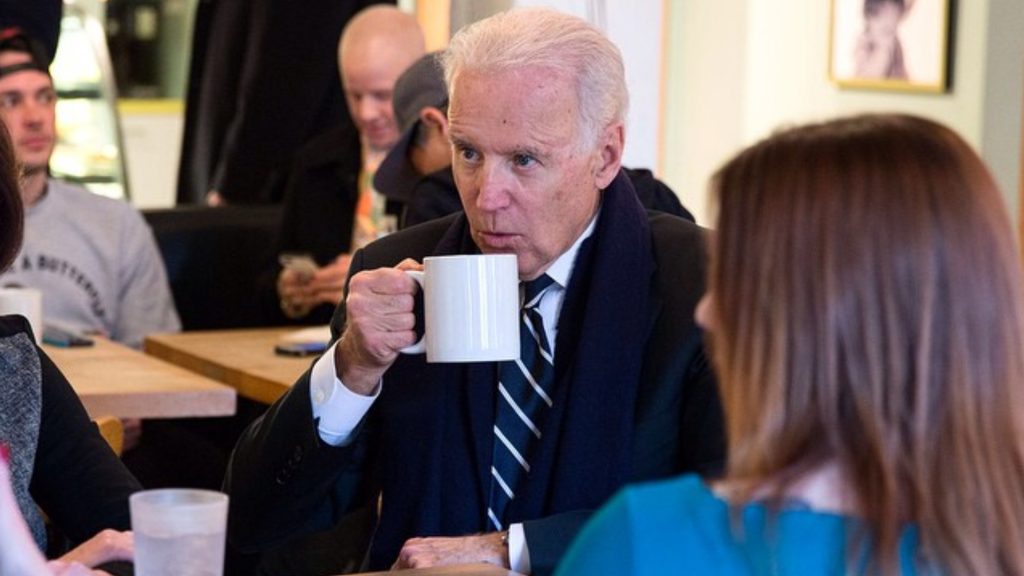
The perception of Biden as too old and frail to continue to do the job of president is one that’s been pushed by Republicans and liberals alike. Republicans have sold the idea that Biden is mentally unwell and not fit for the job to try and make their chosen candidate – former President Donald Trump – look better in comparison, and it’s been working.
The State of the Union Speech Pulpit
It’s because of this public perception that Biden took the State of the Union speech – typically a night to share the accomplishments of the administration and the plans for the upcoming year – and used it to showcase exactly how sharp and witty he can still be.
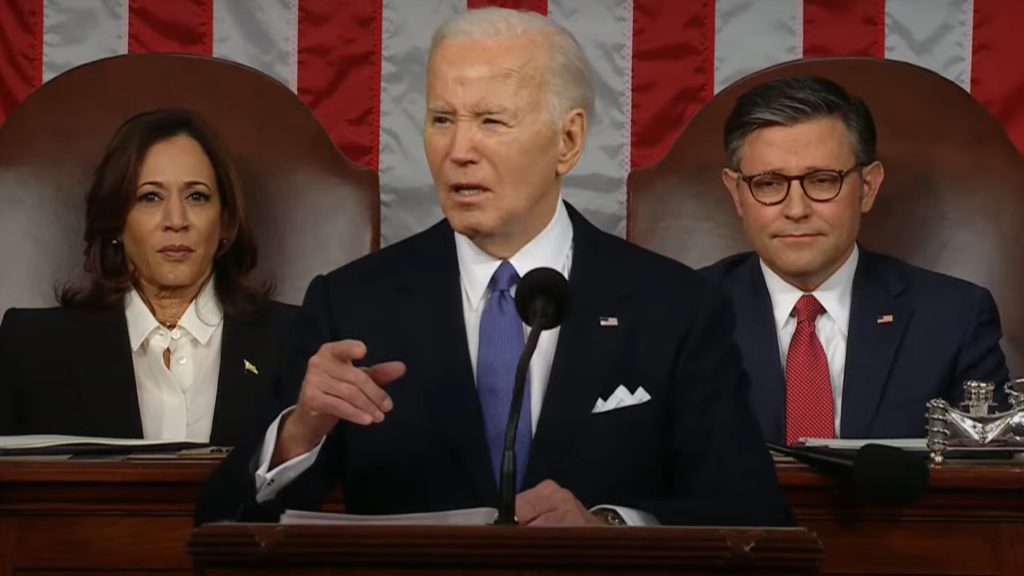
Biden was on top of his speech, both in terms of what he wrote down to say and how he reacted to the members of the audience. He didn’t let any opportunity to call out the Republicans slide by, and by the end of the hour-long speech, even conservatives had to begrudgingly admit that Biden had delivered a good presentation, one that would rally the troops.
A Successful Speech Indeed
And fortunately for Biden, it seems to be working. Where Biden’s poll numbers were sitting in the high thirties – approximately 37%, to be exact – before his SOTU speech, the numbers have since come up, to approximately 40% when all individuals are taken into account nationwide.
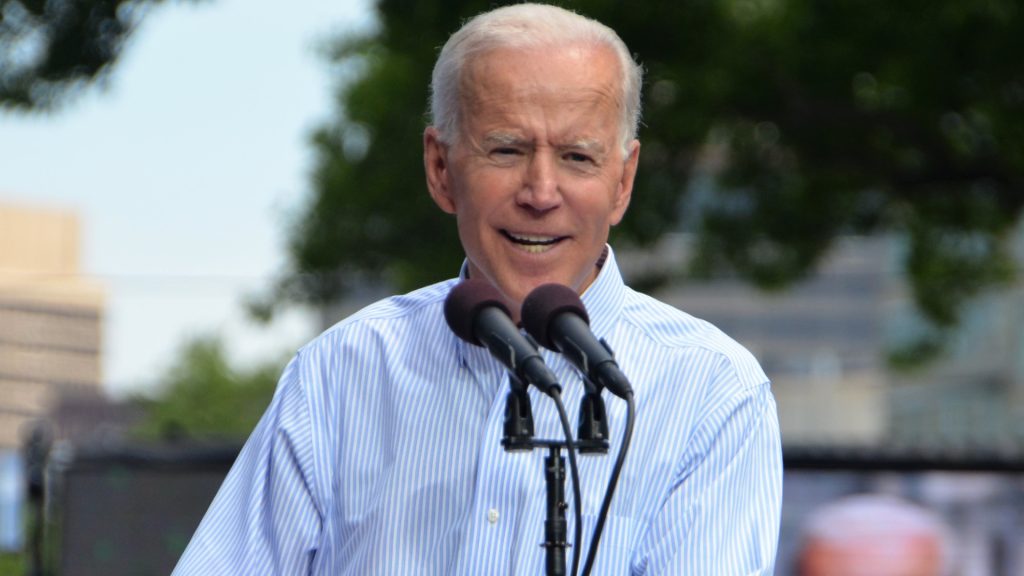
While this might not seem like a lot – it’s only 3%, after all – when considering the population of America, it’s huge. That means that millions of Americans were swayed by Biden’s speech to consider his role in the country and the world a little differently, to see the things that he’s doing that are actually benefiting Americans rather than hurting them.
Commentary from Democratic Strategists
Still, many experts believe that this minor bump in the polls won’t be enough for Biden to see the significant win that he saw in 2020 again. James Carville, a Democratic strategist, recently took to MSNBC to discuss the different polls and what they mean for Joe Biden, and America as a whole.

Carville has recently been increasingly vocal about his opinion that the Democratic party is losing touch with non-white male voters, and discussed the issue with MSNBC’s Ari Melber. He said that, while Biden’s polling numbers have recently improved, the president would still have to do a lot in order to win the presidency this November.
The Demographics of Biden’s Win
Biden’s 2020 victory was, in large part, fueled by significant support among young voters. His coalition comprised of Black, Asian, and Latino voters, as well as suburban swing voters and Independents. And, of course, Biden appealed to college-educated voters of all races.
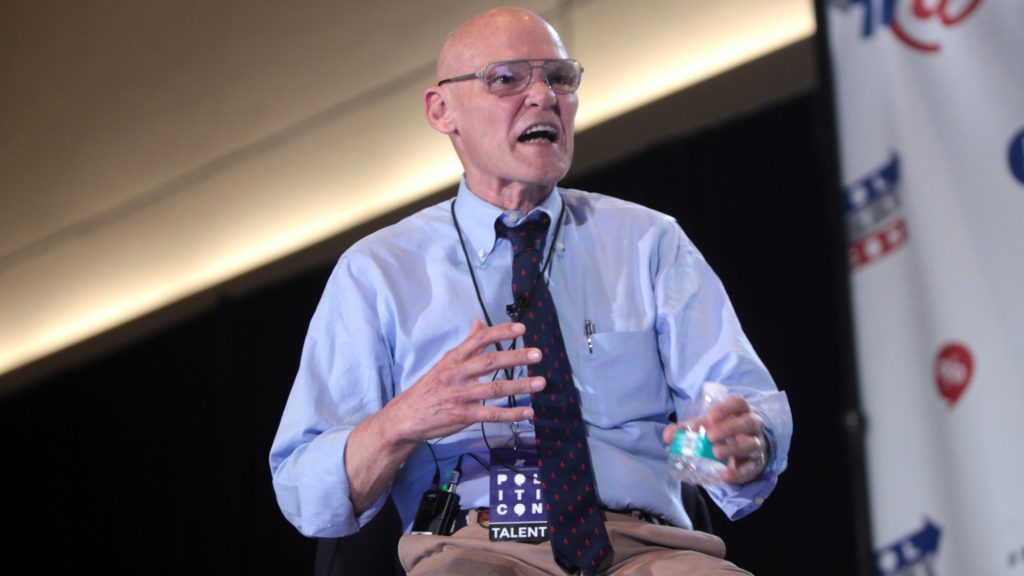
Carville commented on the ways that Biden has started to lose traction with these groups. “Most people think we’re going to lose Hispanic males. Young Black males have become so disengaged from this process and it’s happened rapidly. That’s of great concern for me.”
An Issue With Men of All Races
Carville doesn’t see the issue as merely racial, though. He believes that the lack of male engagement within the Democratic Party is a widespread issue, rather than localized.
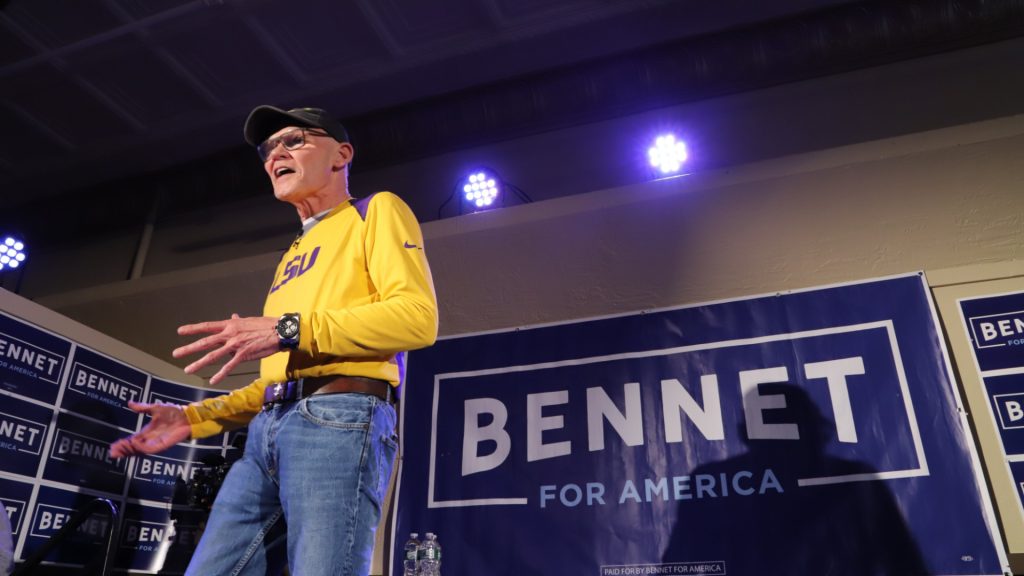
“I think President Biden could win the election, but in terms of identifying with the party as you go forward…the male detachment in the United States is a significant problem, particularly among non-white males,” he said.
Comments to the New York Times
These comments came after the New York Times columnist Mauren Dowd recently interviewed him, in an interview where he stated that “preachy females” were alienating blocs of men from the Democratic Party.
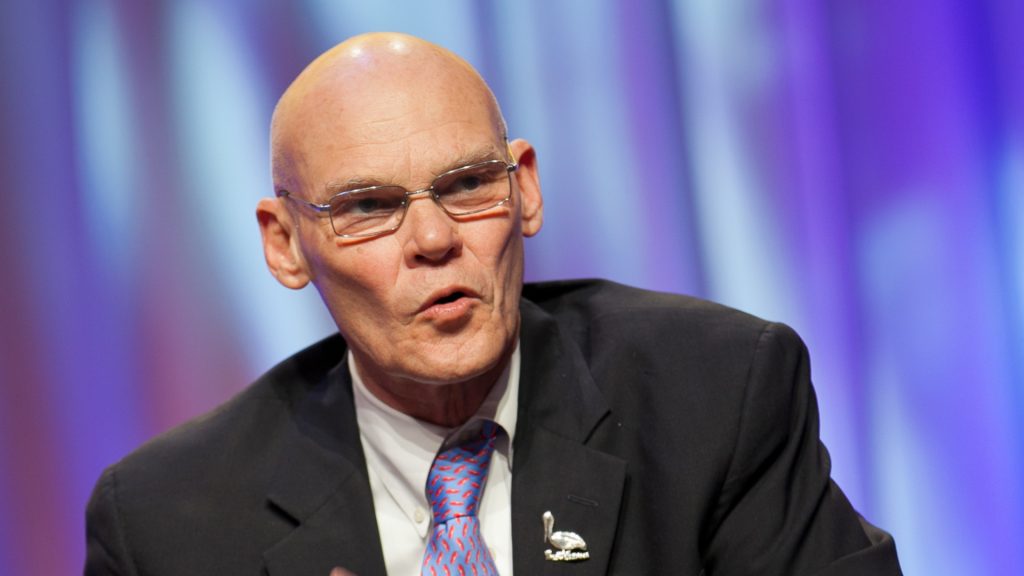
“If you listen to Democratic elites – NPR is my go-to place for that – the whole talk is about how women, and women of color, are going to decide the election. I’m like: ‘Well, 48% of the people that vote are males. Do you mind if they have some consideration?” he said in the interview.
A Steep Slope Ahead
Carville is not the only strategist to worry about Biden’s reelection chances. Many believe that the road to reelection is going to be tough for the incumbent president, even in the face of an opponent who is currently being charged with more than 90 felonies in various jurisdictions across the United States.

The Democrats have work to do in the months ahead, especially when it comes to motivating their base. Convincing Democrats to vote in the same numbers they did in 2020 will be a job of work, but it’s one that the Democrats need to take on if they hope to hold on to the Oval Office for the next four years.

